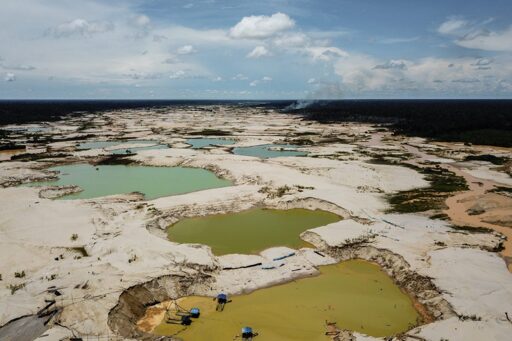The Andean nations are unitary republics by history and constitution. Consequently, the push to devolve power to lower jurisdictions is less obvious and its degree of implementation variable. Over the last several decades, Andean countries have, at different times and with different levels of determination, organized efforts to decentralize decision-making and the state’s administrative functions. These reforms have profoundly changed the nature of governance, because they have transferred responsibility for providing key public services to local institutions answerable to individuals elected by their neighbors. Peru started its decentralization process in 2002, when constitutional and legal reforms enacted after the collapse of the Fujimori government led to the first local elections in the nation’s history. The transfer of administrative responsibility was matched by revenues that were earmarked for social programmes, such as teacher salaries and healthcare centers. By 2016, about 8% of GDP and 50% of total government expenditures were executed by regional and local governments, an increase of more than 100% compared to 2002. Most revenues are now distributed according to population; consequently, benefits have accrued to urban areas on the coast and the mid-sized cities in the highlands, with one notable exception: revenues from the exploitation of natural resources. Peru’s economy is highly dependent on mining and hydrocarbons, and the political reforms of the early 2000s included a revenue-sharing mechanism that is among the most generous in the world. Known as the canon, it refers to a series of rules for collection of taxes, fees and royalties generated by…This article was originally published on Mongabay
From Conservation news via this RSS feed


